“Hidden Gems of the Hunting World: Unusual Dog Breeds”
** Introduction: What Makes a Hunting Dog Breed Unusual? **
When we think of hunting dogs, breeds like the Labrador, Beagle or Bloodhound often come to mind. However, there are many unusual breeds of hunting dogs that do not fit the usual mold. These dogs may not be as well-known, but they have unique characteristics that make them just as valuable in the field.
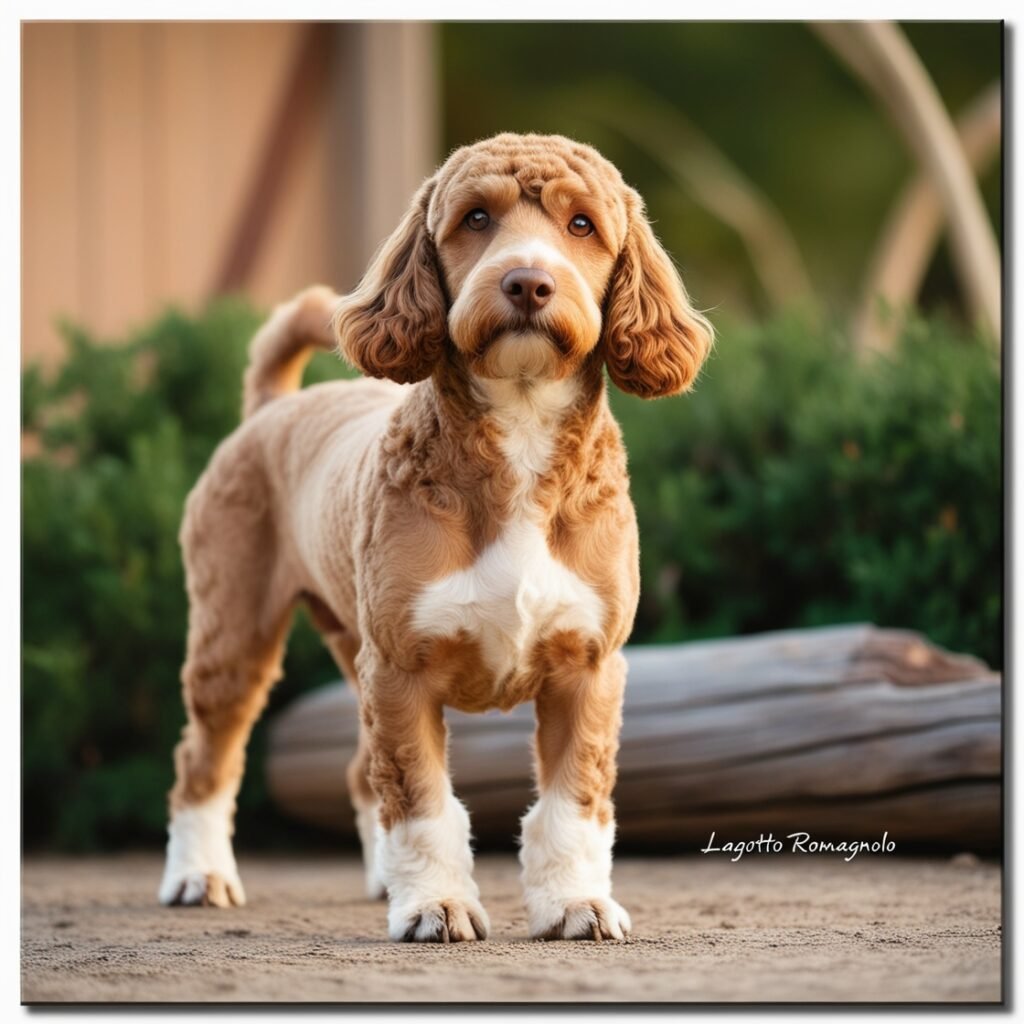
Unusual hunting dog breeds
So, what makes a hunting dog breed unusual? It could be their looks, skills or even their origin. Some of these dogs have distinctive physical characteristics, such as rare coat colors or unusual shapes, that distinguish them from standard hunting breeds. Others may have specialized hunting abilities, such as tracking by sight rather than smell, or excelling at hunting specific types of game.
In some cases, these breeds come from lesser-known areas of the world, where their hunting style was developed to suit a particular environment. While they may not be household names, these unusual hunting dog breeds offer something different to hunters looking for a unique and effective companion.
Choosing one of these rare breeds can bring a new perspective to your hunting experience, blending traditional skills with unusual qualities that make them stand out from the pack.
Characteristics of Unusual Hunting Dog Breeds ;
Unusual hunting dog breeds are distinguished by their unique qualities, which make them different from more commonly known hunting dogs. A major characteristic is their distinctive physical appearance. These breeds often have rare coat colors or patterns, such as the brindle coat of the Kai Ken or the spotted fur of the Catahoula Leopard Dog. Some may have characteristics such as the extra claws of the Norwegian Lundehund, giving them remarkable agility over difficult terrain.
In addition to their looks, these dogs often have exceptional hunting skills that are not typical of the more well-known breeds. While most hunting dogs rely on scent, some unusual breeds such as the Pharaoh Hound or the Podenco Ibisenko are skilled sight hunters, using their sharp vision and speed to pursue prey. Others, such as Pachon Navarro, have unique abilities such as a split nose, which increases their sense of smell.
Finally, unusual hunting dog breeds are often known for their adaptability and versatility. Many were bred in specific areas or for specific sports, making them particularly suited to challenging conditions, whether rocky mountains or dense forests. Their distinctive combination of appearance and skills make them a unique choice for hunters.
Top 10 Unusual Hunting Dog Breeds ;
Here is a unique list of the top 10 unusual hunting dog breeds:
1. Basenji :

Height:
Male: 16-17 inches
Female: 15-16 inches
Weight:
Male: 22-24 pounds
Female: 20-22 pounds
Color:
Basenjis come in a variety of colors, including chestnut red, black, tricolor (black, brown, and white), and brindle. They all have white markings on their chest, legs and the tip of their tail.
Temperament:
The Basenji is independent, curious and smart. Known to be affectionate towards their family, they can be aloof with strangers. They are playful and energetic, but they also have a strong, stubborn nature, which can make training a bit challenging.
Distinctive Traits:
The most unique characteristic of the Basenji is that it does not bark. Instead, it makes a yodel-like sound called “baru”. Their short, smooth coat requires minimal grooming, and they have cat-like grooming habits, keeping themselves very clean.
Hunting Style:
Basenjis are skilled visual hunters, meaning they rely more on their sight than their smell to locate prey. They are fast, agile and adept at hunting small prey in dense forests or open plains, having been originally bred for hunting in Africa.
2. Lagotto Romagnolo:
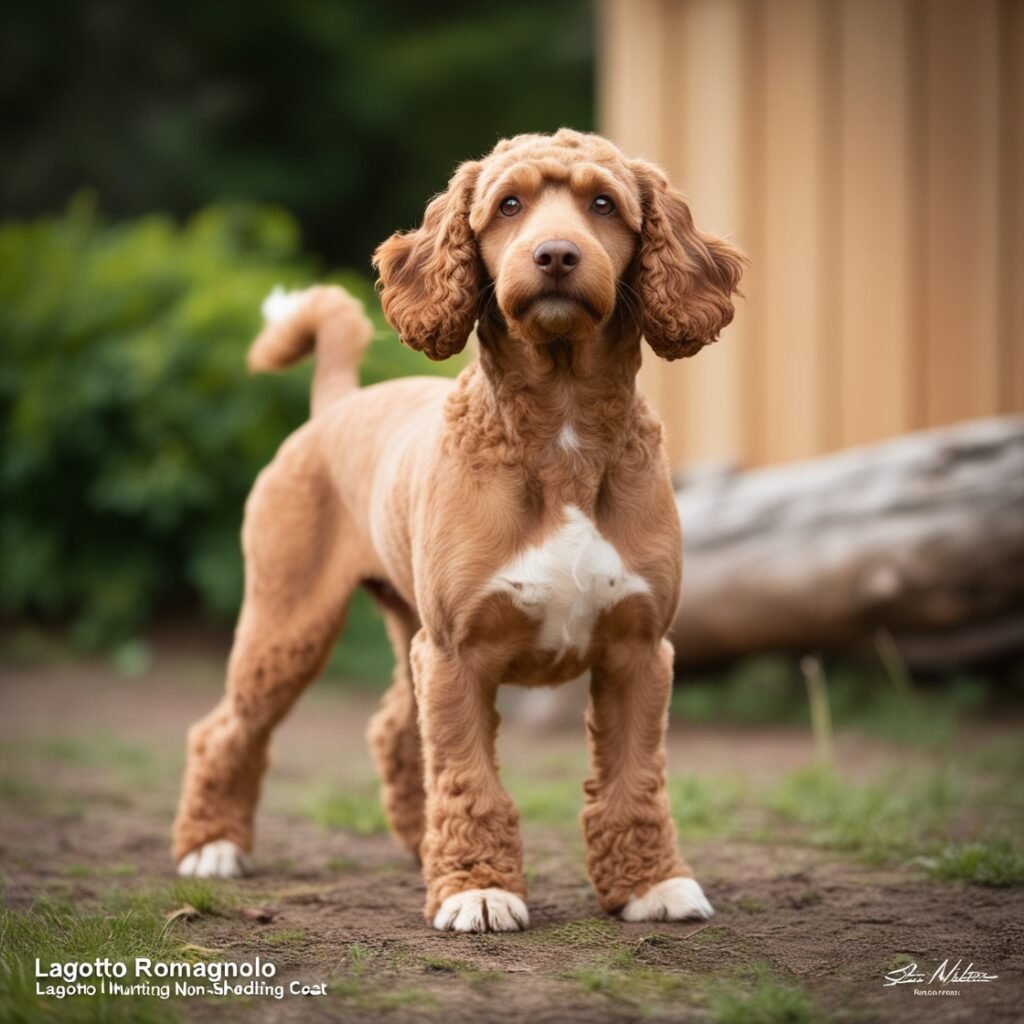
Height:
Male: 17-19 inches
Female: 16-18 inches
Weight:
Male: 28-35 pounds
Female: 24-32 pounds
Color:
Lagotto Romagnolo comes in a variety of colors such as off-white, orange, brown, or brown Rhone. Some may have white marks or spots.
Temperament:
Lagottos are affectionate, loyal, and intelligent dogs. They are known to be friendly, energetic, and eager to please, which makes them highly trainable. Their calm and easy-going nature also makes them great family pets.
Distinctive Traits:
One of the Lagotto’s most distinctive characteristics is its dense, curly coat, which is wool-like and hypoallergenic. This coat is water resistant, as this breed was originally bred to be a water animal. They also have an excellent sense of smell, making them excellent at truffle hunting.
Hunting Style:
While lagottos were originally used to retrieve waterfowl, their modern role has shifted to hunting truffles. Their amazing sense of smell helps them locate these prized fungi in the wild, making them experts at scent work rather than traditional hunting.
3. Pharaoh Hound :
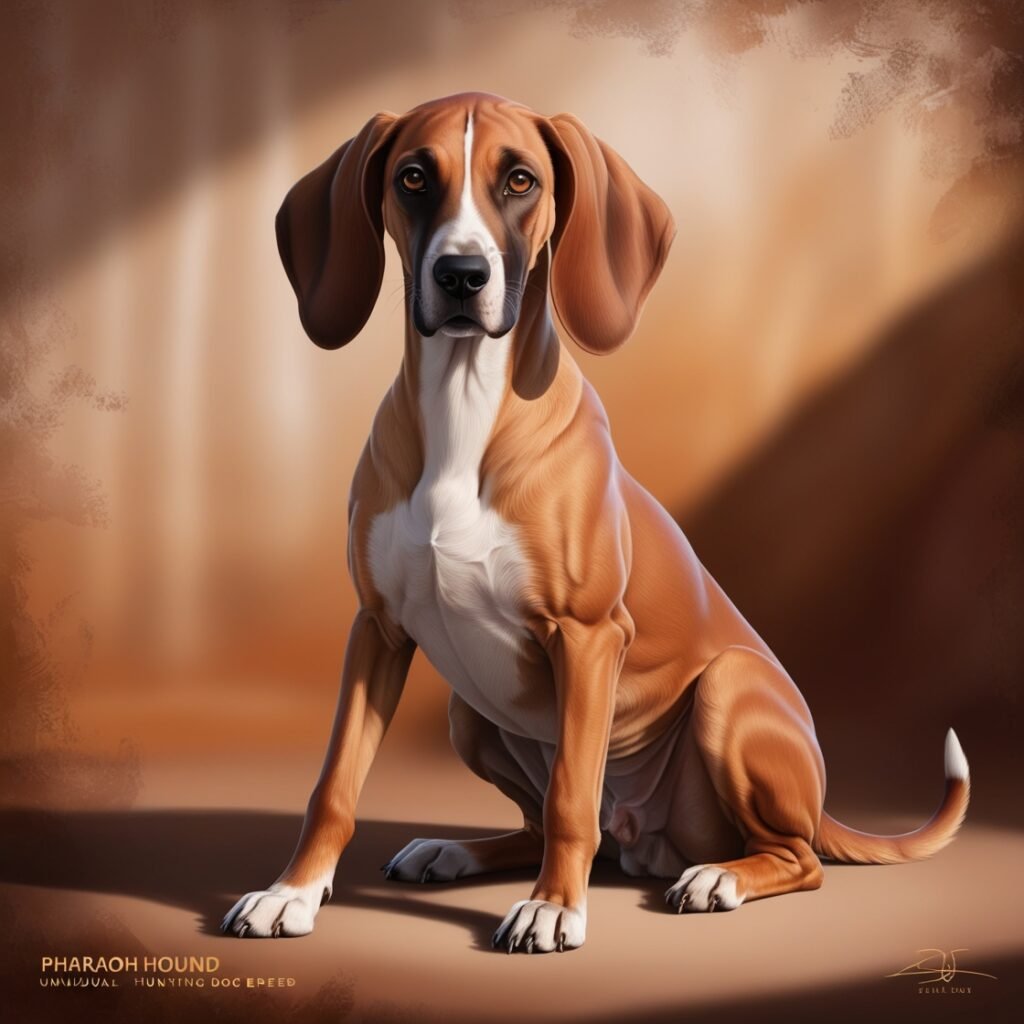
Height:
Male: 23-25 inches
Female: 21-24 inches
Weight:
Male: 45-55 pounds
Female: 40-50 pounds
Color:
The Pharaoh Hound has a short, shiny coat that comes in brown or dark chestnut colors. White markings may appear on the chest, toes, and tip of the tail.
Temperament:
Pharaoh Hounds are friendly, playful, and intelligent. They are affectionate towards their families and are known to be good with children. However, they can be a bit reserved with strangers. They have a strong prey drive and are very alert, making them good watchdogs.
Distinctive Traits:
One of the Pharaoh Hound’s most distinctive characteristics is its ability to blush – its nose and ears turn pale pink when excited or happy. They are also fast and agile with smooth, muscular bodies, making them excellent runners.
Hunting Style:
Pharaoh Hounds are primarily sight hounds, meaning they use their sharp vision to catch prey, then rely on their speed to pursue it. Traditionally, they were used for hunting rabbits and small game in rocky, open terrain. Their hunting style is based on vision and fast pursuit rather than relying on their sense of smell.
4. Catahoula Leopard:

Height:
Male: 22-26 inches
Female: 20-24 inches
Weight:
Male: 65-90 pounds
Female: 50-65 pounds
Color:
The Catahoula Leopard Dog has an attractive coat that can come in a variety of colors, including blue, red, fawn or black, which often has leopard-like spots. Some may have a solid coat or a mix of patterns with white or brown markings.
Temperament:
Catahoula are intelligent, independent and loyal dogs. They are energetic and protective, which makes them excellent watchdogs. With a strong work ethic, they succeed when given a task. They can be a little wary of strangers but are affectionate towards their families.
Distinctive Traits:
The most distinctive feature of the Catahoula is its eye color. Many people have attractive blue, green or amber eyes, and some may even have “cracked” or marble eyes, where different colors appear in one eye. Their short, dense coat requires minimal care, and they are known for their agility and strength.
Hunting Style:
Catahoula are versatile hunters, originally bred to hunt wild boar and herd livestock. They are known for their ability to track and corner prey with great patience. Their hunting style blends a keen sense of smell with powerful tracking abilities, and they can cover large areas of rugged terrain with ease. They often work in packs and are adept at tracking and controlling larger, tougher game.
5. Norwegian Lundehund :

Height:
Male: 13-15 inches
Female: 12-14 inches
Weight:
Male: 20-30 pounds
Female: 18-28 pounds
Color:
Norwegian Lundehunds typically have coats that are black with reddish-brown, white, or gray hairs. Their coat is double layered, with a soft undercoat and a rough outer coat.
Temperament:
Lundehunds are playful, alert, and energetic dogs. They are very loyal to their family but can be a little shy around strangers. These dogs are intelligent but can also be a bit independent, which can make training challenging. Their lively and curious nature makes them great companions for active families.
Distinctive Traits:
The Norwegian Lundehund is known for its extraordinary flexibility. It has six toes on each foot, which help it climb steep cliffs – an adaptation from the history of puffin hunting on rocky shores. Lundehunds may arch their necks back and close their ears to protect against debris, a rare trait in dogs.
Hunting Style:
Originally bred to hunt puffins, the Lundehund’s small, agile body and extra legs allow it to climb rocks and navigate rough terrain with ease. Their hunting style involves climbing, digging into crevices, and retrieving birds from inaccessible places. Today, they are less used for hunting, but their unique physical traits still remind of their specialized hunting history.
6. Podenco Ibicenco :
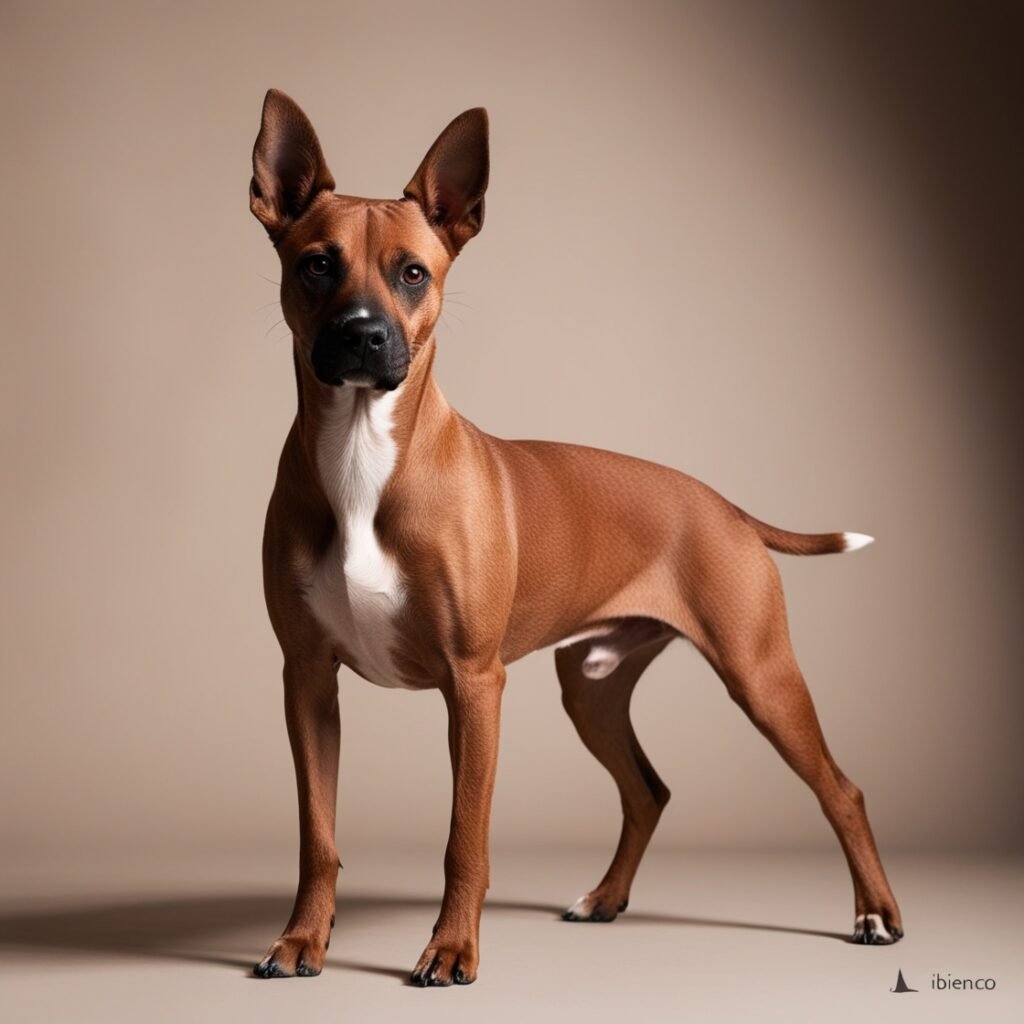
Height:
Male: 23-28 inches
Female: 22-26 inches
Weight:
Male: 45-50 pounds
Female: 40-45 pounds
Color:
Podenco Ibicencos come in a variety of colors, including white, red, or a combination of the two. Some have solid coats, while others may have patches or markings in any color.
Temperament:
The Podenco Ibicenco is known for being intelligent, calm and independent. These dogs are very playful and affectionate with their family, but they can be a little reserved or cautious around strangers. They are highly energetic and require regular exercise, but their gentle and friendly nature makes them great companions.
Distinctive Traits:
One of the most striking characteristics of the Podenco Ibicenco is its large, upright ears, which give them a very alert appearance. Their lean, athletic bodies are built for speed and agility. They also have keen vision and a high level of stamina, making them suitable for running long distances.
Hunting Style:
The Podenco Ibisenco is an adept sight hunter, meaning it relies on its sharp vision to catch prey, usually rabbits or small game. They are also known for their keen hearing abilities. These dogs use speed, agility, and stealth to pursue their quarry across rough, rocky terrain. While they rely heavily on their vision, they can also hunt in packs, combining their senses and working together to capture prey.
7. Cirneco dell’Etna :
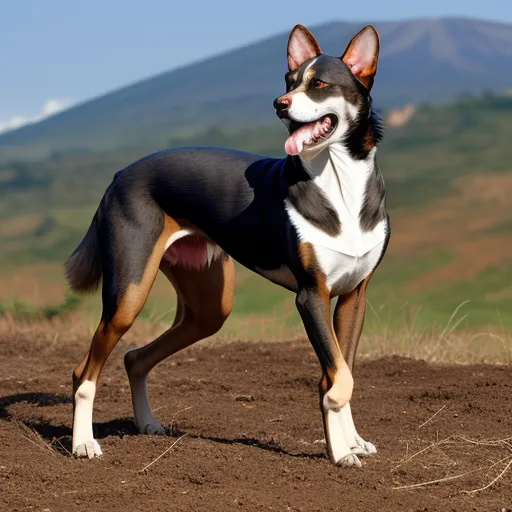
Height:
Male: 18-20.5 inches
Female: 16.5-19.5 inches
Weight:
Male: 22-26 pounds
Female: 17-22 pounds
Color:
The Cirneco dell’Etna has a short, smooth coat that comes in shades of light to dark brown or chestnut. Some may have white markings on the chest, legs or tip of the tail.
Temperament:
Serenkos are friendly, independent and intelligent dogs. They are affectionate towards their families and form strong bonds with their owners. Although they can be a little aloof with strangers, they are generally good-natured and enjoy being active. They are also known to be quite stubborn, which can make training a bit challenging.
Distinctive Traits:
One of the most distinctive characteristics of the Cirneco dell’Etna is its agility and flexibility. These dogs are light, agile and capable of walking easily in rocky areas. They are also known for their high stamina and ability to work in harsh environments such as the volcanic landscape of Sicily.
Hunting Style:
The Cirneco dell’Etna is a skilled sight hunter, used primarily for hunting small game such as rabbits. They rely heavily on their vision and speed to pursue prey in difficult terrain. Their slender, athletic build allows them to cover rugged, volcanic landscapes with agility and precision, making them effective hunters in challenging environments. They also have a strong prey drive and can work independently or in packs.
8. Pachón Navarro :
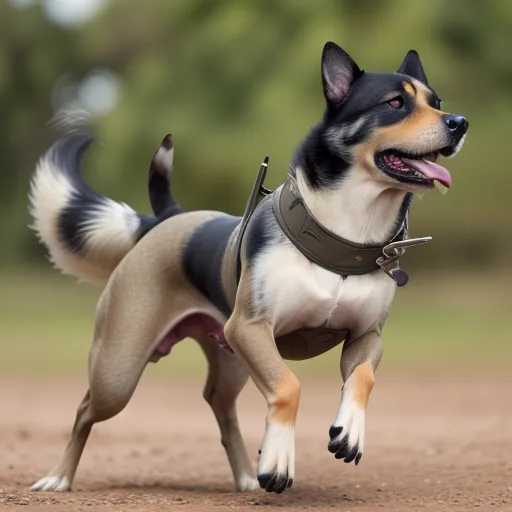
Height:
Male: 20-22 inches
Female: 19-21 inches
Weight:
Male: 55-66 pounds
Female: 44-55 pounds
Color:
The Pachon Navarro comes in a variety of colors, including liver, black, or reddish-brown, often with white or roan markings. Some have spotted or spotted coats.
Temperament:
Pachon Navarros are friendly, calm and loyal dogs. They form strong bonds with their families and are known to be gentle and affectionate, making them great family pets. They are highly intelligent and trainable, as well as having a strong desire to please. Their easy-going nature makes them adaptable to different environments.
Distinctive Traits:
The most distinguishing feature of the Pachón Navarro is its unique divided or “double” nose, which is believed to enhance its sense of smell. This characteristic gives the breed an unmistakable appearance. They also have a strong and muscular build, which contributes to their endurance in the field.
Hunting Style:
The Pachón Navarro is primarily a scent hunter, using his extraordinary sense of smell to track and locate game, especially birds. Its divided nose may provide additional advantages in detecting odors,
9. Kai Ken :
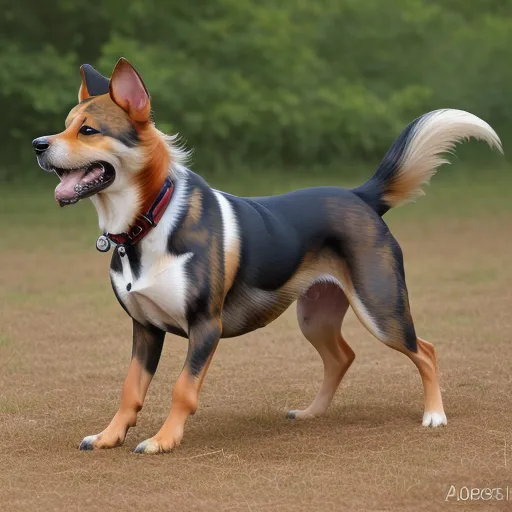
Height:
Male: 18-22 inches
Female: 17-20 inches
Weight:
Male: 40-65 pounds
Female: 30-50 pounds
Color:
The Kai Ken is best known for its brindle coat, which can range from light to dark brindle. They can also be solid colors, including red or black, often with white markings.
Temperament:
Kai Kens are loyal, intelligent and alert dogs. They are known to be reserved with strangers, but are very affectionate and protective of their families. They are also energetic and require regular exercise, making them great companions for active families.
Distinctive Traits:
One of the Kai Ken’s most distinctive features is its attractive brindle coat, which gives it a unique and attractive appearance. They have a shapely, muscular build and a bushy tail that is folded over their back.
Hunting Style:
Traditionally, the Kai Ken was bred for hunting in mountainous areas, especially boar and small game. They are known for their agility and stamina, which allows them to navigate rough terrain effectively. Their keen sense of smell and ability to track scents makes them skilled hunters, often working independently or in small packs to locate and corner their prey.
10. Sloughi :
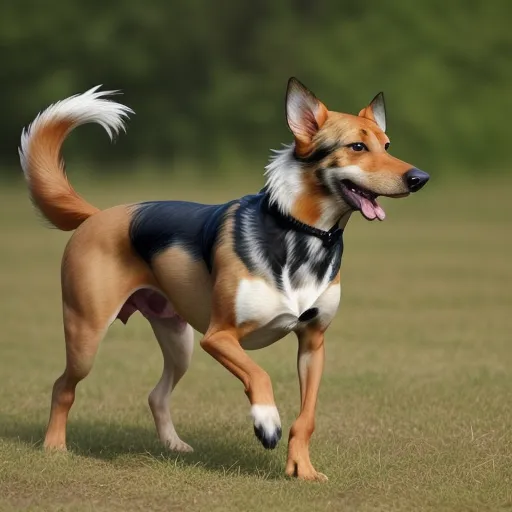
Height:
Male: 24-29 inches
Female: 22-27 inches
Weight:
Male: 60-70 pounds
Female: 50-65 pounds
Color:
The Sloughi comes in a variety of colors, including fawn, gold, red, and brindle. They may also have white marks on their chest, legs or face.
Temperament:
Slofis are known for their gentle, affectionate nature. They are loyal, intelligent and can be a little reserved with strangers. They thrive on companionship and are playful with their families, making them great pets. They have a calm temperament but require regular exercise to keep them happy.
Distinctive Traits:
The Sloughi has a sleek, graceful body with a narrow head and long legs, giving them a graceful appearance. Their short coat is smooth and easy to care for, and they have large, expressive eyes that give them a thoughtful look.
Hunting Style:
Originally bred for hunting sport in North Africa, Sloggies are an oviparous bird of prey, meaning they primarily use their keen vision to spot prey. They are incredibly fast and agile, able to chase rabbits and other small animals across open terrain. Their hunting style relies on a combination of speed, stamina, and agility, making them effective hunters in their native environment.
These unusual hunting dog breeds bring a blend of rare traits and unique skills that make them interesting companions for hunters looking for something unique.
History and Origins of These Breeds ;
The history and origins of unusual hunting dog breeds often reflect the specific environments and needs of the areas where they developed. For example, the Norwegian Lundehund was bred on the rocky cliffs of Norway to hunt puffins, A skill that requires incredible agility and unique physical attributes such as six toes and flexible joints. The Cirneco dell’Etna comes from the volcanic landscape of Sicily, where its stamina and light frame helped it navigate rough terrain while hunting rabbits.
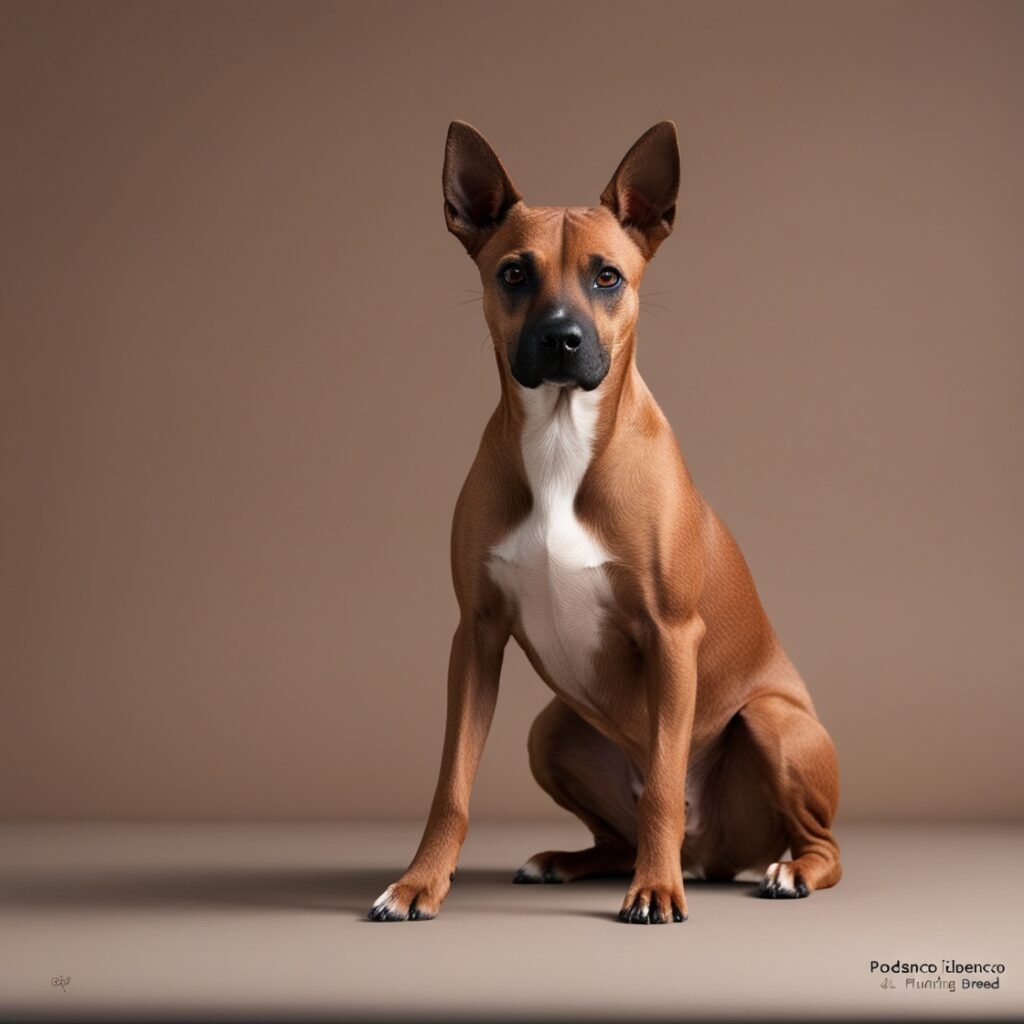
In North Africa, the smooth and swift Sloughi was bred for desert hunting, excelling in speed and stamina, while the Basenji, known for its “barkless” nature, originated in Central Africa, where it Used to track and flush small prey in dense areas. Similarly, the Pachón Navarro, with its distinctive double nose, comes from Spain, where it was prized for its ability to sniff out birds at long distances.
Each of these unusual hunting dog breeds has adopted unique traits to thrive in their respective environments, making them remarkable not only in their hunting abilities but also in their historical significance and cultural roles around the world.
Unusual Hunting Dog Breeds Adapted for Modern Time :
Many unusual hunting dog breeds have successfully adapted to modern life while maintaining their unique qualities. For example, the Norwegian Lundehund, which once hunted puffins on Norway’s steep cliffs, is now thriving as a loyal companion, known for its agility and playful nature. Although puffin hunting has long been banned, the breed’s unique physical traits such as six fingers and extreme flexibility make it an attractive pet for dog lovers today.
The Basenji, originally a hunter in Africa, is still admired for its “bark-free” nature, making it a quiet dog in urban environments. Its intelligence and independence make it the perfect companion for families who appreciate its active and curious personality.
Similarly, the Sloughi, a beautiful desert sea dog, has transformed from hunting game in North Africa into a gentle, loving pet. Despite its hunting heritage, it enjoys the comforts of modern homes, provided it gets plenty of exercise.
Many of these unusual hunting dog breeds retain their working instincts, yet they have adapted well to modern, more casual roles, becoming beloved pets that combine fascinating histories with loyal companionship.
Training and Care for Unusual Hunting Dog Breeds ;
Training and caring for unusual hunting dog breeds requires understanding their unique traits and instincts. These dogs were originally bred for specific tasks, so they are intelligent, independent, and motivated. This means they often require firm but patient training with plenty of positive reinforcement.

For example, breeds like the Basenji and Cirneco dell’Etna can be stubborn due to their independent nature, so consistent, reward-based training is important. Their strong prey drive may require additional leash training and recall work to ensure they do not chase smaller animals. Socialization is also important to help them adjust to different environments and people.
When it comes to care, these breeds are often very active and require regular exercise. For example, dogs like the Sloughi or the Podenco Ibisenko are natural runners and need plenty of space or long walks to burn off their energy. Mental stimulation through games or puzzle toys is equally important to keep their sharp minds engaged.
Additionally, their care needs are generally low due to their short coat, but regular brushing and regular health checks ensure they stay in top shape. Overall, unusual hunting dog breeds thrive in active, loving, and stimulating environments.
Conclusion: Why Choose an Unusual Hunting Dog Breed ?
Choosing unusual hunting dog breeds provides a unique and rewarding experience for dog lovers. These breeds stand out not only because of their distinctive looks and fascinating history but also because of their impressive abilities and strong instincts. If you are looking for a dog that has a blend of intelligence, loyalty, and adaptability, these breeds can be an excellent choice.
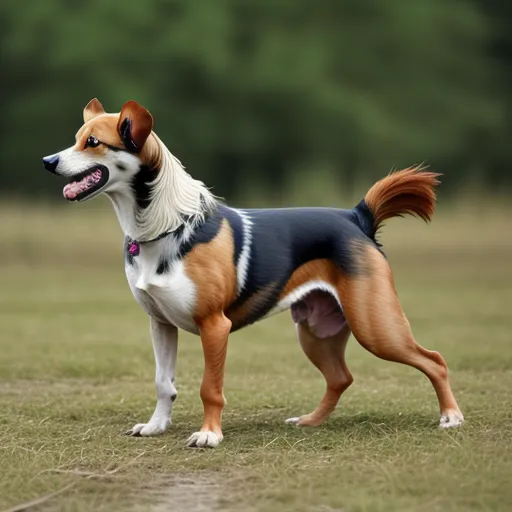
Breeds like the Norwegian Lundehund or Basenji bring a mix of charm and independence that appeals to people who appreciate a dog with character and personality. Despite their unique background, their adaptability to modern life makes them great household companions, while their natural athleticism ensures they lead an active lifestyle.
Plus, the stories behind these dogs, like the Pachon Navarro’s double nose or the agility of the Cirneco dell’Etna, make them conversation starters and beloved pets with rich histories. Choosing an unusual hunting dog breed means adopting a piece of cultural heritage while gaining a loyal, loving companion. Whether for their unique qualities, interesting backgrounds, or simply their companionship, unusual hunting dog breeds offer something truly special for any dog owner.
You might be interested in reading this post as well as Brown Hunting Dog Breeds
“Hidden Gems of the Hunting World: Unusual Dog Breeds” ** Introduction: What Makes a Hunting Dog Breed Unusual? ** When we think of hunting dogs, breeds like the Labrador, Beagle or Bloodhound often come to mind. However, there are many unusual breeds of hunting dogs that do not fit the usual mold. These dogs may…
You can read this posthttps://tomeshnews.co.in/large-hunting-dog-breeds/
What makes a hunting dog breed “unusual”?
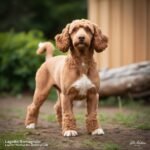
Unusual hunting dog breeds often have distinctive traits, such as physical features, hunting styles, or historical backgrounds, that set them apart from more common breeds. For example, the Basenji is known for being barkless, and the Pachón Navarro has a unique split nose.
Are unusual hunting dog breeds difficult to train?

These breeds tend to be intelligent but can also be independent or stubborn. Consistent, positive reinforcement training works best, especially when considering their strong prey drive and natural instincts.
Do unusual hunting dog breeds make good pets?

Yes! Many of these breeds adapt well to modern family life, offering loyalty, affection, and companionship. However, they do require regular physical and mental exercise to stay happy and healthy.
Do these breeds require special care?
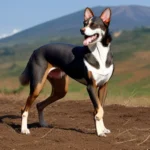
While their grooming needs are often minimal, they do need plenty of exercise and mental stimulation. Some, like the Sloughi, may need space to run, while others might benefit from puzzle toys to engage their sharp minds.
Can unusual hunting dog breeds live in apartments?
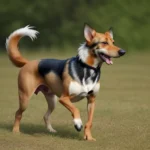
Yes, but they need daily exercise. Breeds like the Basenji can adapt to apartment living as long as their energy is managed with regular walks and play.

